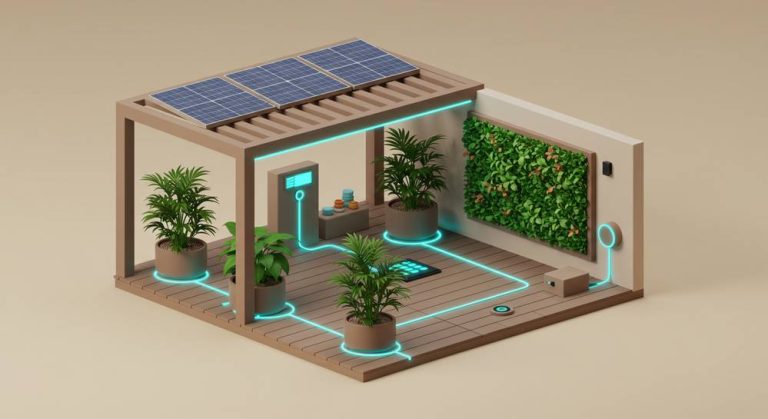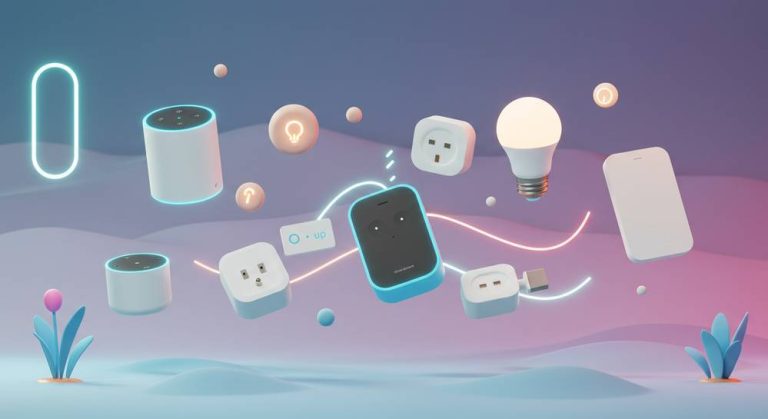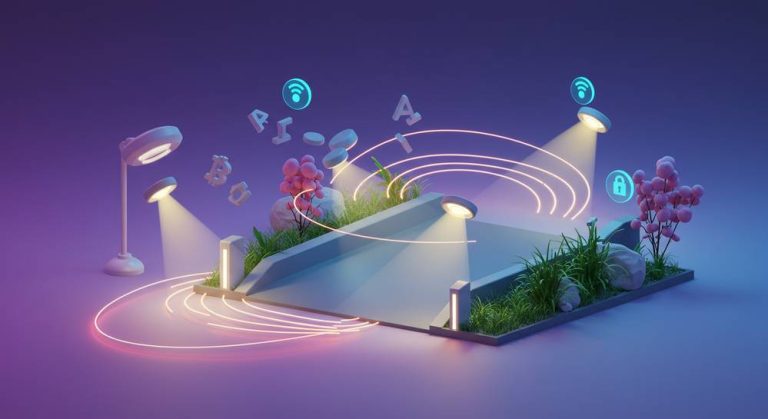Modern architecture is no longer just about physical structures; it is about creating responsive and dynamic environments. The integration of smart lighting in architectural planning is at the forefront of this evolution. This approach moves beyond simple illumination, using technology to enhance aesthetics, improve energy efficiency, and create spaces that adapt to human needs, fundamentally changing how we experience buildings.
What is smart lighting in an architectural context
In architecture, smart lighting transcends the popular notion of voice-activated bulbs. Effective smart lighting in architectural planning means creating a fully integrated, holistic system. Light becomes a dynamic and interactive element of the building itself, woven into the blueprint from day one. It relies on a network of sensors, controllers, and fixtures communicating with a central hub, often part of the Building Management System.
- Automation and Sensors: The system uses data from occupancy, motion, and daylight sensors. It adjusts lighting levels automatically, saving energy and improving convenience without human intervention.
- Connectivity and IoT: As a key component of the Internet of Things, it enables remote control and complex scheduling. This is central to how smart home lighting works, allowing scenes that adapt to the building’s use.
- Human-Centric Design: It incorporates tunable white technology to support wellbeing. The system mimics natural daylight, which helps regulate circadian rhythms and enhances occupant mood and productivity.
Why early integration is crucial in planning

Integrating a smart lighting strategy during the initial architectural planning phase is essential for maximizing its potential. This approach ensures necessary infrastructure, like wiring and control networks, is seamlessly built into the structure. Planning from the start avoids the compromises and higher costs of retrofitting. This method yields significant long-term advantages for any project, from commercial spaces to residential homes.
- Enhanced Energy Savings: Designing with daylight harvesting and occupancy zones from the beginning can reduce a building’s energy use by over 50 percent. This directly lowers operational costs and contributes to sustainability goals. An AI-powered smart home energy management system is a prime example of this efficiency.
- Superior Aesthetics: Early integration allows architects to use light as a building material. It can define spaces and highlight features without the visual clutter of conventional switches, creating a cleaner design.
- Improved Occupant Well-being: Planning for human-centric lighting ensures the building actively supports health and productivity. It provides optimal light quality that adapts to human needs throughout the day.
- Increased Property Value: A building with a fully integrated, intelligent lighting system is more desirable and future-proof. This advanced feature commands a higher market value and attracts forward-thinking tenants or buyers.
Core technologies and systems to consider
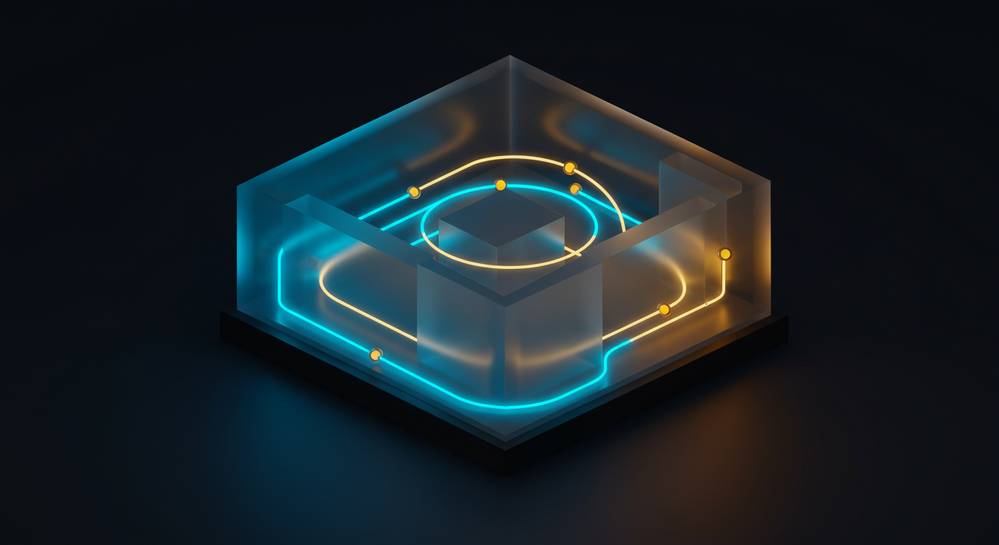
A successful smart lighting plan relies on a cohesive ecosystem of hardware and software. Understanding these core components is key for architects specifying a robust and scalable system. The right technology ensures reliability, efficiency, and an enhanced user experience, forming the backbone of any modern architectural lighting design.
Control systems and protocols
Protocols are the languages that lighting components use to communicate. Wired options like DALI or KNX offer robust, centralized control ideal for large commercial projects. In contrast, wireless protocols such as Zigbee and Z-Wave provide greater flexibility for residential applications where running new wires is impractical.
Sensors for intelligent automation
Sensors act as the eyes and ears of the system, enabling true automation. Occupancy sensors detect presence to activate lights, while daylight sensors measure natural light to dim artificial sources accordingly. Understanding the role of sensors in smart homes is crucial for maximizing energy savings and convenience.
Human-centric lighting fixtures
Modern fixtures are far more than simple bulbs. Tunable white LED technology is a cornerstone, allowing light to shift from a cool, energizing blue-white during the day to a warm, relaxing amber in the evening. This dynamic capability is programmed to support natural sleep-wake cycles and improve occupant well-being.
Practical steps for implementation
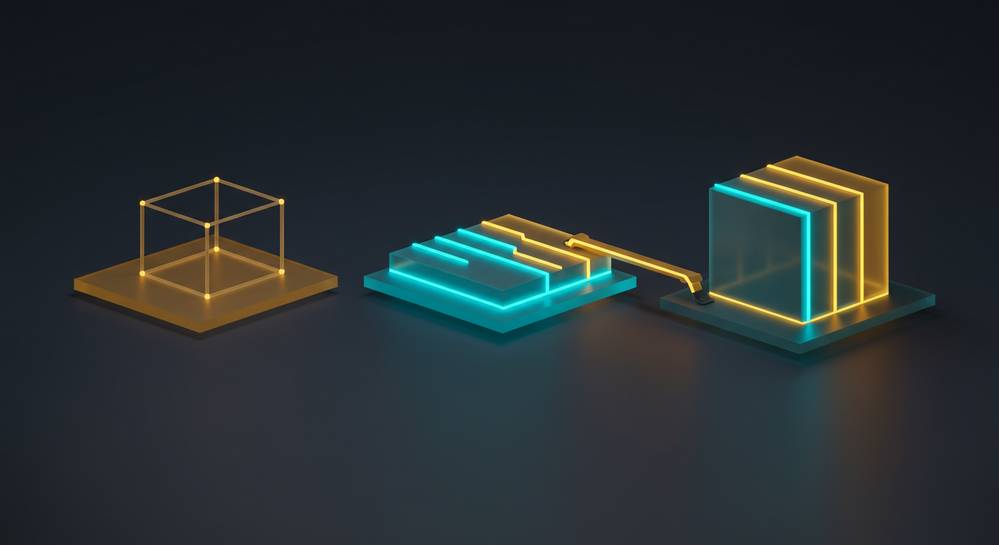
Transitioning a smart lighting concept from a drawing to a functional installation requires a structured, collaborative approach. Following a clear set of steps ensures the final result aligns with the initial vision and performance goals. This process turns ambitious smart lighting in architectural planning into a tangible, high-performing reality for any modern space.
- Develop a Comprehensive Lighting Plan: This plan must go beyond simple fixture placement. It should detail control zones, sensor locations, desired scenes, and how the system will respond to different conditions or user inputs.
- Foster Early Collaboration: The architect, lighting designer, and electrical engineer must work together from the schematic design phase. This synergy ensures all requirements are met and the system integrates properly with other building systems.
- Select a Unified Ecosystem: Choose a control system and fixtures that are proven to work together. Mixing brands and protocols without careful planning can lead to compatibility issues and a frustrating user experience.
- Plan the Infrastructure: Allocate adequate space in electrical closets for controllers and power supplies. Ensure the wiring plan supports the chosen control protocol, whether it is low-voltage cabling for DALI or standard line voltage.
Integrating smart lighting is no longer a luxury but a fundamental component of forward-thinking architectural design. It unlocks unparalleled efficiency, aesthetic control, and user-centric experiences. By embracing these technologies from the planning stage, we build not just structures, but intelligent environments for the future. Explore cutting-edge solutions at Future Home Fixtures to begin your project.

